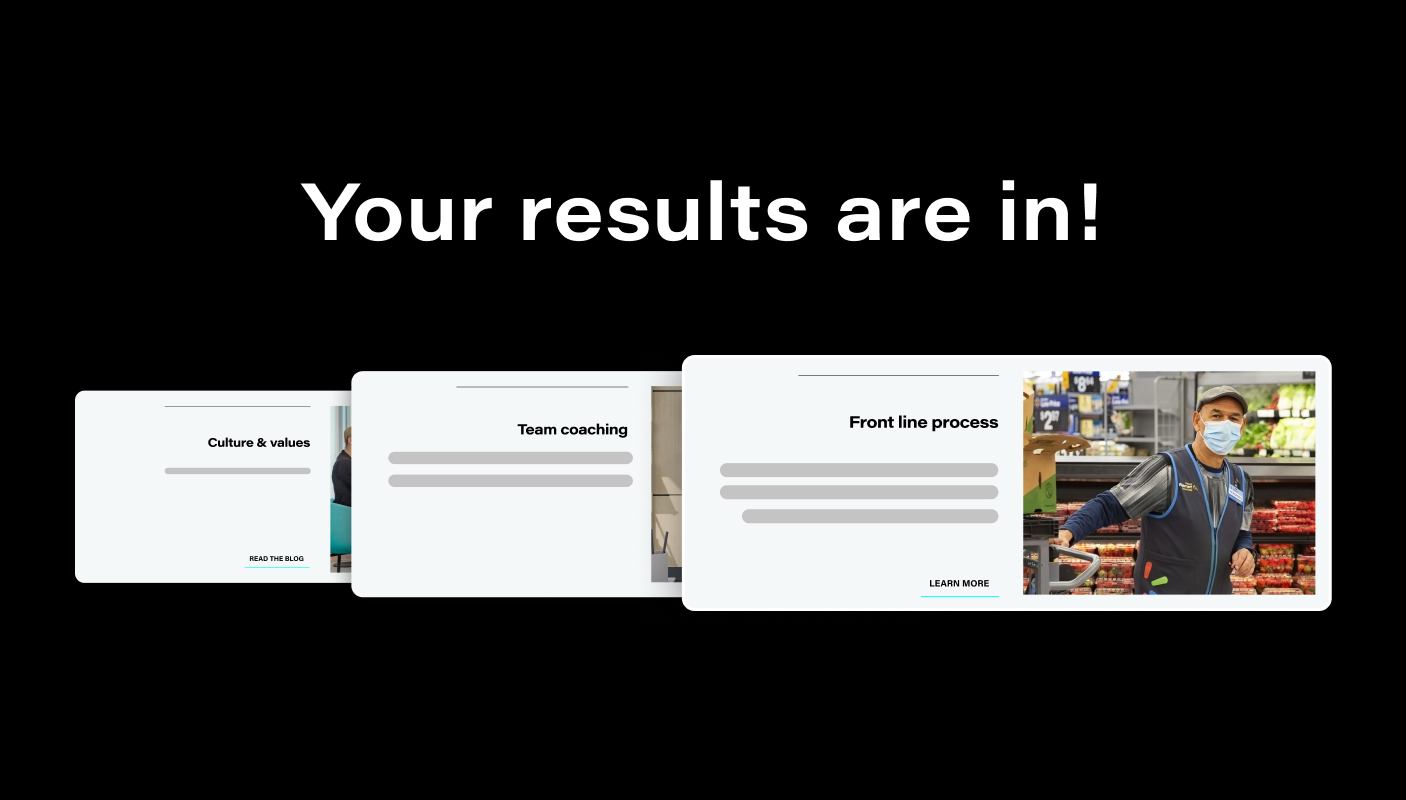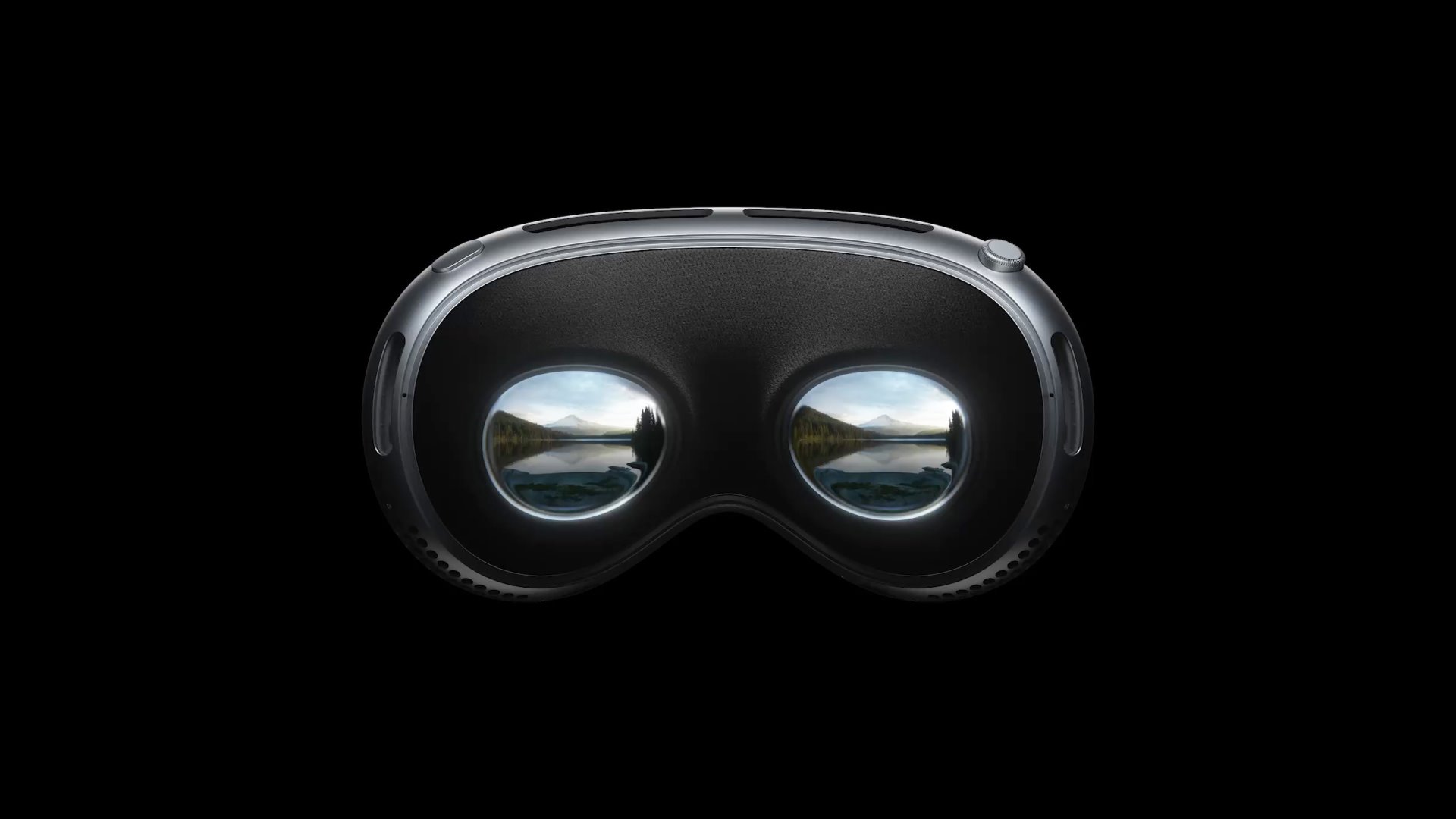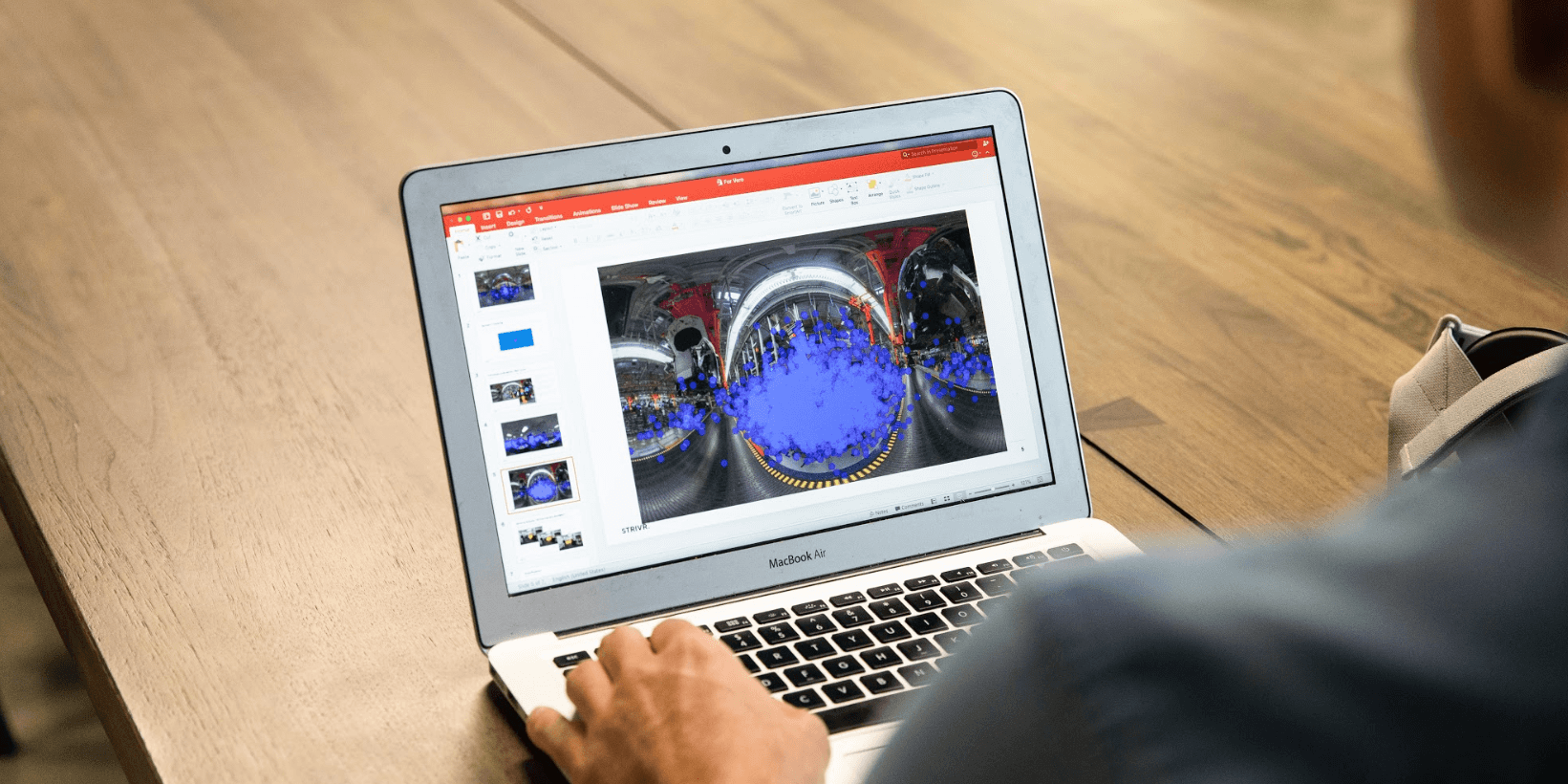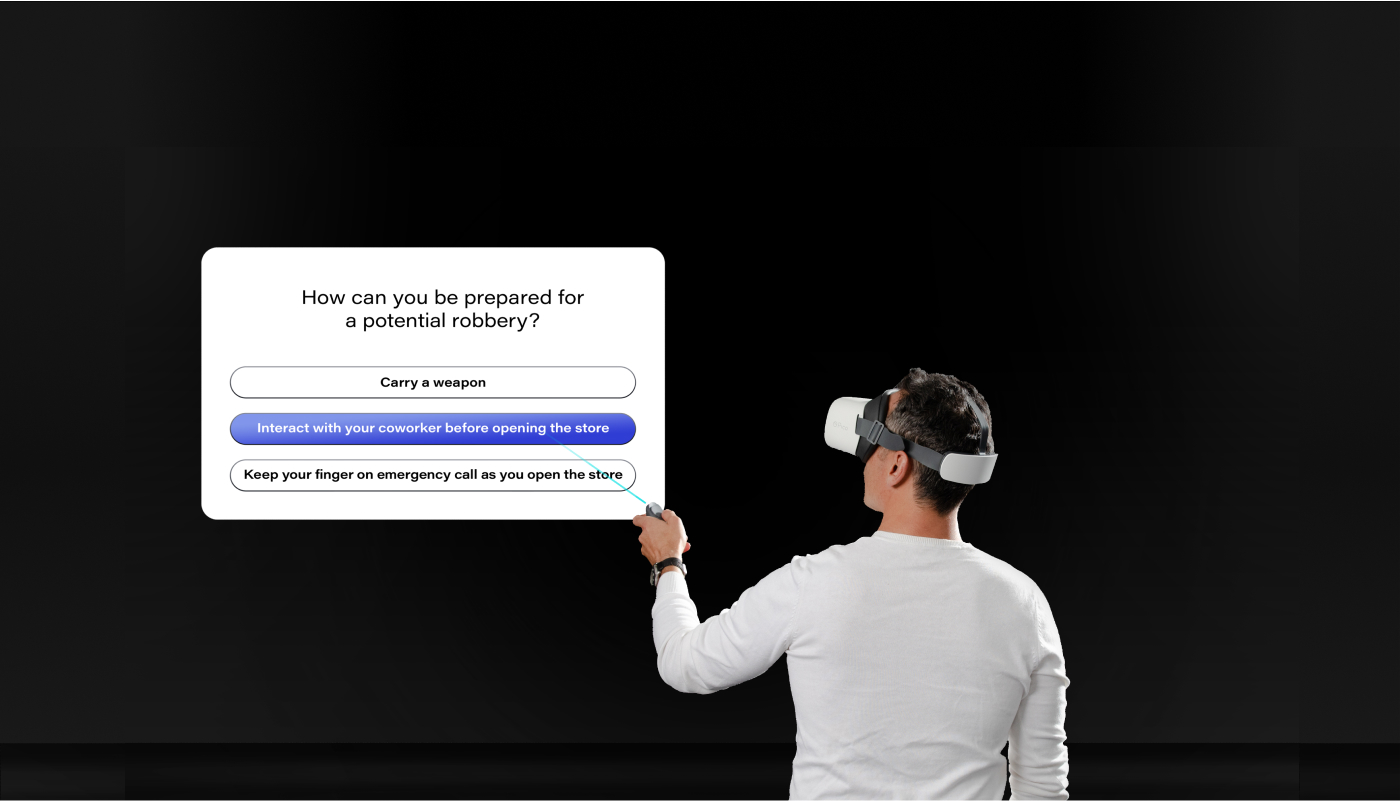The nature of work has changed a lot in just a few short years. There’s been a drastic shift in how and where people work across all kinds of roles and industries, with remote and hybrid work now mainstream rather than an outlier exception. Technology has been a powerful catalyst in this and a lot of other ways, as once-conceptual technologies like generative AI become mainstream tools available to anyone.
Suddenly, jobs are changing faster than ever before, and so is the need to scale training efforts.
The need to reskill, up-skill, and refocus workers is a consistent thread throughout the business world. The challenges of hiring the right staff in the first place, within a very tight labor market, compound this issue. Many companies are short-staffed or staffed with good people who have skills gaps. The pressure to increase their working knowledge is high.
Cross-training employees has become a focus of learning and development (L&D) organizations, and finding the right tools for this effort is critical. Using virtual reality, or VR enables enterprise organizations of all kinds to cross-train workers in a way that’s effective, scalable, and measurable. Using a VR cross-training program can enhance the skill sets of your employees, promote teamwork, increase retention, better engage and support workers, and improve overall productivity in the workplace.
Experience the Future of Cross Training with Strivr!
Identifying opportunities to cross-train employees
Knowing where there are gaps and opportunities in your workforce skills is the precursor to effective change. For this reason, VR cross-training in the workplace often begins with assessment. Whether you’re evaluating potential employees for hire or current employees to increase their skill sets or even change roles, knowing what they need to learn is the first step.
Some of this information is intuitive or obvious. You may know, for instance, that your aging workforce has a technology deficit, or that your sales staff is simply not performing. Perhaps you have a new business objective that your existing talent pool isn’t equipped to meet, or you’re bringing in a new technology that will require a portion of your employees to learn.
Like a scientist, you might start with a hypothesis for what needs to be fixed or changed, but also, like a scientist, it’s important to prove that theory with facts.
With VR training, you can create a uniform method of measuring workforce skill level by capturing data as individuals undergo the training itself. The types of data you capture with VR are profound: not just learned knowledge via testing but behaviors such as engagement, attention, and confidence. These are useful metrics in determining what candidates already know and where they need more skill-building.
With Immersive Learning — a subset of VR training that combines an in-headset learning experience with measurable data — you also gain the possibility of tapping into predictive analytics. Strivr’s Immersive Learning platform includes predictive algorithms capable of successfully measuring the precise quantitative relationship between immersive experiences and meaningful real-world indicators.
Read about the benefits of VR for company training!
Developing an effective plan for VR cross-training in the workplace
VR training can be applied to many areas of work. Enterprise organizations use it to train in areas including operational efficiency, health and safety, customer service, and soft skills such as empathy and cultural immersion.
It’s common for companies to use VR training when launching a new employee cross-training experience. For instance, Walmart used Immersive Learning to train store employees on pickup tower technology and procedure when introducing this new customer benefit a few years ago. AdventHealth enlisted Strivr for help making sure nurses across various healthcare locations used consistent and effective procedural sedation protocol.
To get started creating a VR cross-training plan, there are a few crucial steps any enterprise company must take.
- Identify business and HR goals. Think strategically about what objectives you have and how you can align them with a training plan. What specific VR cross-training focus would make the biggest impact on your organization?
- Create a curriculum. At this point, you may bring in a partner such as Strivr, with expertise in developing VR-based cross-training, with experts who can align your business goals to the actual training experience.
- Build out the VR cross-training program. Again, this will most likely happen with an Immersive Learning partner that can provide the expertise, technology, and a template for building out the immersive experience.
- Deploy VR cross-training in the workplace. Some organizations deploy VR training discreetly to a specific group or team, and others deploy the training company-wide right away, in order to take advantage of the scalability and cost savings and speed that VR-based training can provide.
Ideally, you used measurable data to create your VR cross-training plan, but you’ll continue to use data to refine and revisit your cross-training over time. This is an area where Immersive Learning radically excels.
How to measure the impact of a VR cross-training program
VR platforms, such as Strivr’s, can automatically capture data from just about every user interaction. When a learner enters an Immersive Learning experience, the software captures metrics such as usage data, performance data, and attention and engagement data. A lot of companies also choose to seek out sentiment data — feedback on how the learners actually felt about the experience, and whether they’re better prepared than before the experience.
For instance, when Verizon enlisted Strivr to create an Immersive Learning experience for in-store employees who may, at some point in their career, encounter shoplifting or even armed robbery, 97% of the store associates who underwent the VR cross-training said they felt more prepared to handle dangerous situations. AdventHealth, which, you remember, enlisted help from Strivr in training RNs on procedural sedation, found that 88% of the professionals that went through the training felt more confident after the fact.
VR cross-training efforts can also be measured in other highly specific ways, such as how much time and money was saved on training using Immersive Learning, or by measuring gains in worker proficiency. Knowing your projected or actual return on investment is a key element in developing a VR cross-training program.
Begin employee cross-training with VR
As work continues to change and the workforce transforms, cross-training with VR gains a valuable place in the canon of L&D efforts. If professional development is a priority within your company, or if you’re faced with changing skills needs and would like to capitalize on the human talent you already have, your next step is to find out more about Immersive Learning.
Next step

Take the VR Assessment
See the Top 3 VR training modules in your industry, based on our experience training over 1M employees in VR.
Take VR Assessment




